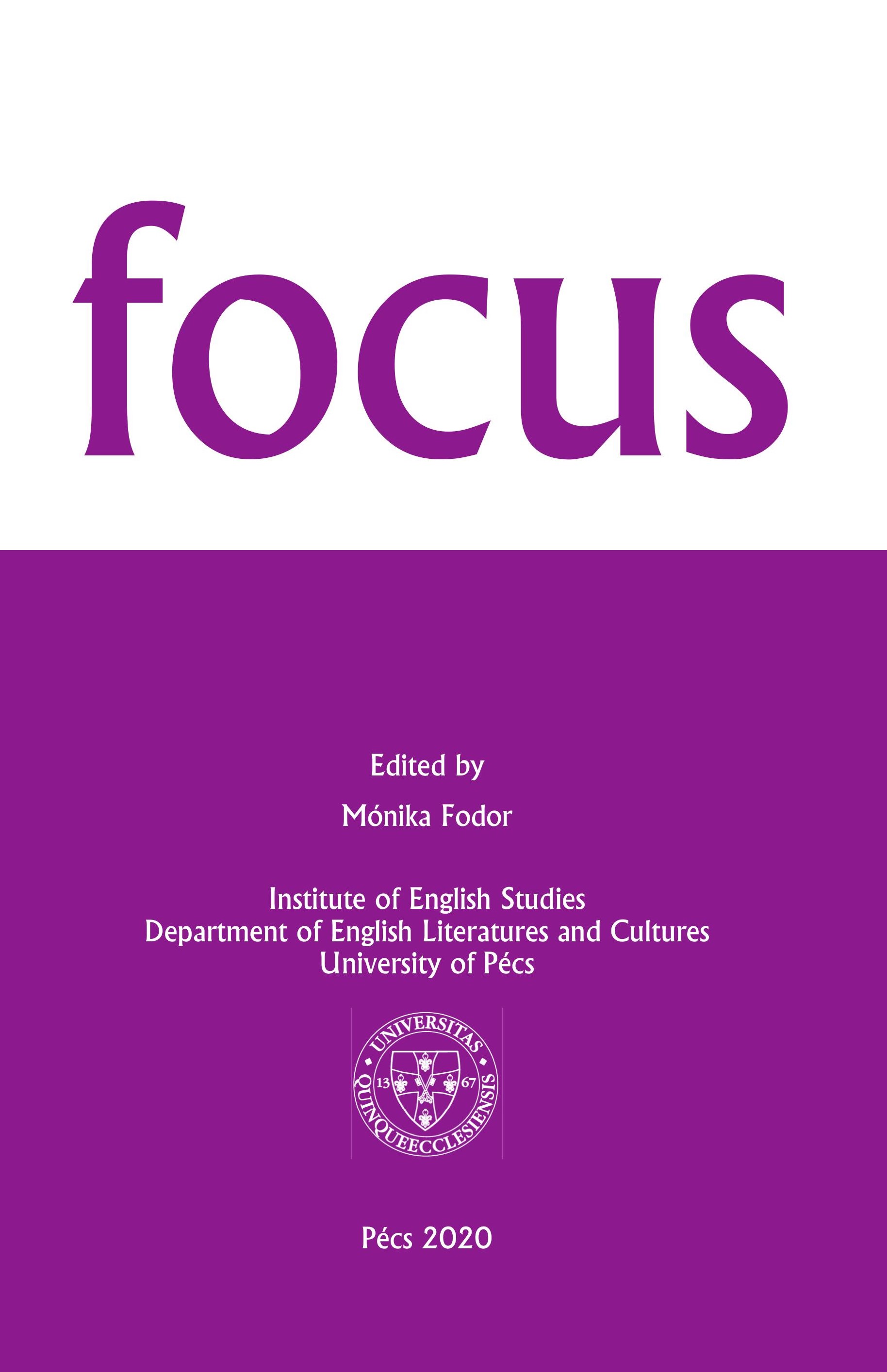Hugh MacDiarmid’s Influence on the Scottish Literary Revival
DOI:
https://doi.org/10.15170/Focus/12.2020.4.71-82Abstract
The interwar period of national revival produced a great variety of literary, critical, social, political and philosophical writings that have commonly been referred to as “The Scottish Renaissance.” The term was first used in its new sense in the first issue of The Scottish Chapbook of August 1922, published by Christopher Murray Grieve, better known by his pen name, Hugh MacDiarmid. In comparison with earlier attempts to renew Scottish culture, the single most distinctive feature of this movement was the belief that “there could be no regeneration of the nation’s artistic culture which did not also involve the regeneration of the social, economic and political life of the nation”(McCulloch xiii).
Downloads
Published
How to Cite
Issue
Section
License
Copyright (c) 2022 FOCUS: Papers in English Literary and Cultural Studies

This work is licensed under a Creative Commons Attribution-NonCommercial-NoDerivatives 4.0 International License.
FOCUS: Papers in English Literary and Cultural Studies follows the principles laid down by Creative Commons, which provides guarantees for the Author’s copyright while also ensuring that intellectual properties are made available for the wider public in a digital form. All papers submitted to the journal apply the following licence conditions (indicated on the journal’s website as well as in individual publications):
“© This work is licensed under a Creative Commons Attribution-NonCommercial-NoDerivatives 4.0 International License.”
You are free to:
- Share, copy and redistribute the material included in the journal in any medium or format under the following terms:
- Attribution — You must give appropriate credit to the Author, and indicate the original place of publication [FOCUS: Papers in English Literary and Cultural Studies, Issue nr., page numbers.].
- NonCommercial — You may not use the material for commercial purposes.
- NoDerivatives — You are not allowed to remix, transform, or build upon the material.
- The above conditions must always be indicated if the journal material is distributed in any form.
- The above conditions must always be met, unless a written permission signed by the Author and the Editor-in-Chief states otherwise.

